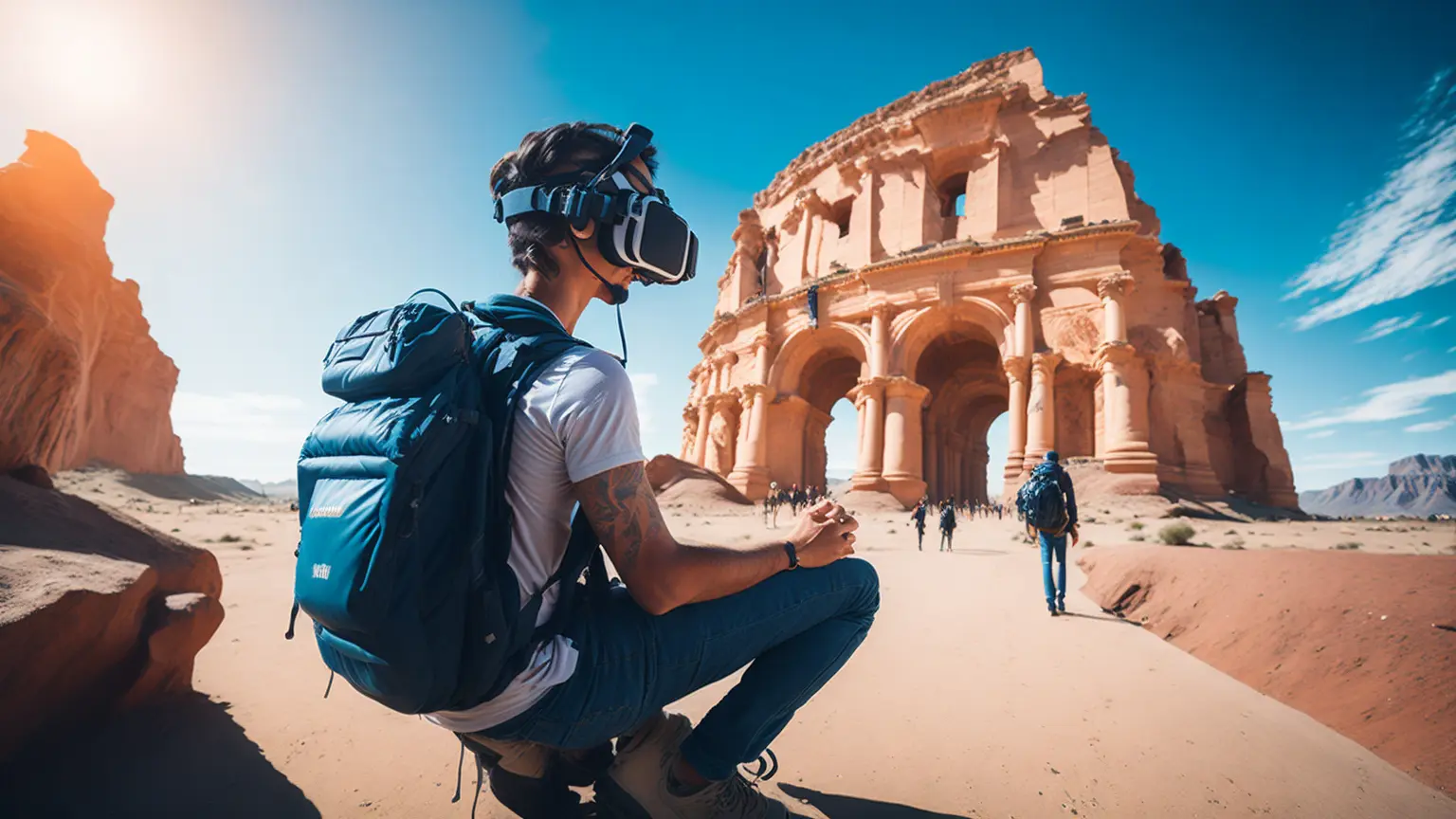Virtual and Augmented Reality in Tourism: New Possibilities and Prospects


Tourism has always been an industry that welcomes new technologies, and in recent years, virtual and augmented reality (VR and AR) have started to play a significant role in this field. From immersive virtual tours to staff training using AR, these technologies are reimagining the way we travel and explore new places.
Virtual Reality in Tourism
Virtual reality offers the potential for deep immersion, making it ideal for use in tourism. Virtual tours allow individuals to explore landmarks and hotels from the comfort of their homes, giving them a chance to “visit” places they may be considering for a real vacation.
For instance, some museums and historical landmarks already offer virtual tours that let users see exhibits or building interiors in detail. This not only helps people get a better understanding of what they can expect during a real visit but also provides a way to visit places that might be inaccessible due to geographical limitations or mobility restrictions.
Augmented Reality in Tourism
Unlike VR, which creates a fully artificial environment, augmented reality involves adding virtual elements to the real world. In the context of tourism, AR can be used for providing additional information about attractions, enhancing navigation, and staff training.
For example, a tourism app could use AR to display additional information about a landmark when a user points their smartphone’s camera at it. This could include historical facts, details about the establishment’s operation, or even audio guides.
Additionally, AR can be used for improving navigation. Apps can display routes and directional pointers in real time through a smartphone’s camera, helping tourists find their way around unfamiliar places easily.
Conclusion
Virtual and augmented reality open up new horizons in the field of tourism. They offer not just new ways of exploration and learning, but also help create a more inclusive and accessible tourism sector. As technology advances, we can expect even more innovative applications of VR and AR in tourism.
Recent Posts
How to Manage an Online Community: Best Practices for Success
In today's digital age, online communities have become a pivotal aspect of brand building, marketing, and fostering user engagement. Proper…
The Future Smart Home: Automation, Energy Efficiency & Next-gen Technologies
Automation, Energy Efficiency, and Cutting-edge Technologies in Domestic Management. 1. Introduction In today's world, technology continues to become more integrated…
Building an Online Community: A Step-by-Step Guide
In today's digital age, online communities have become hubs for knowledge exchange, shared interests, and camaraderie. If you're thinking of…
Blockchain’s Revolution in Real Estate: Ushering in Transparency
Blockchain, originally known as the backbone technology of cryptocurrencies, holds potential far beyond the financial sector. One such area where…
Leveraging Graph Databases for Complex Data Structure Analysis: An Overview of Benefits and Application Methods
The contemporary data landscape is ever-expanding and becoming more intricate, and conventional analysis tools and methods often fall short in…
Leveraging Quantum Computers in Scientific Research: A Revolution in the World of Science
The emergence of the first working prototypes of quantum computers signaled a new era of scientific exploration. With a fundamentally…